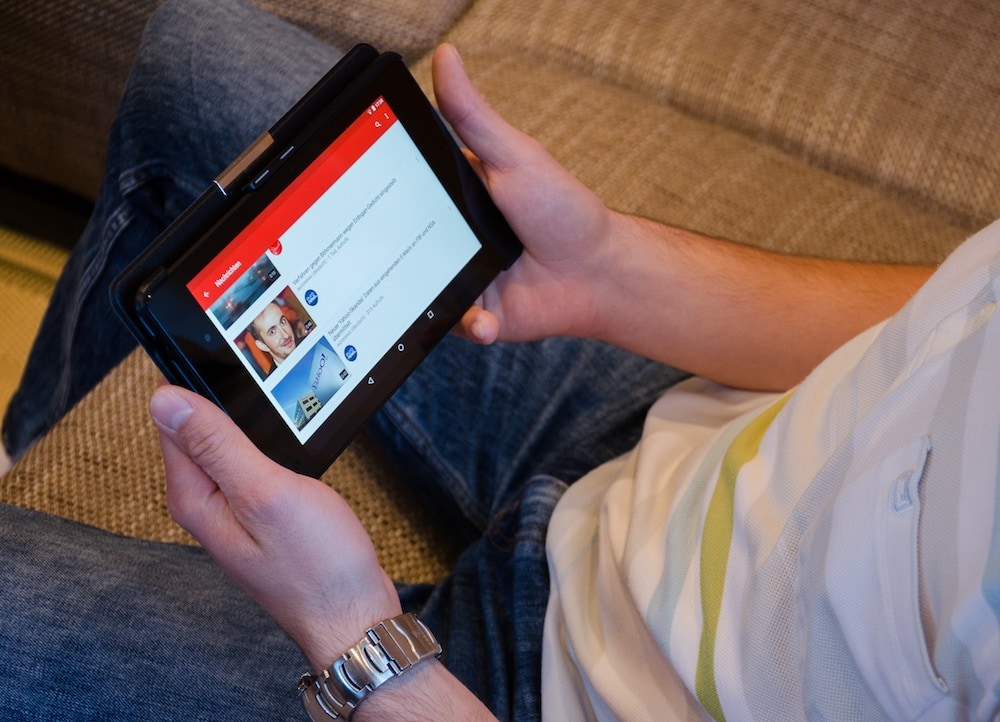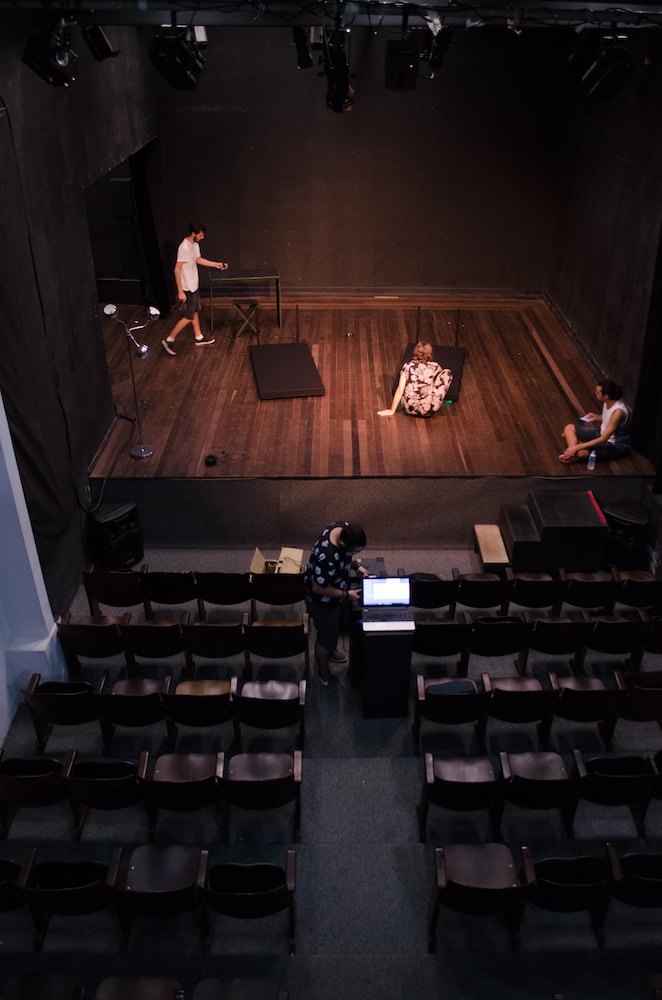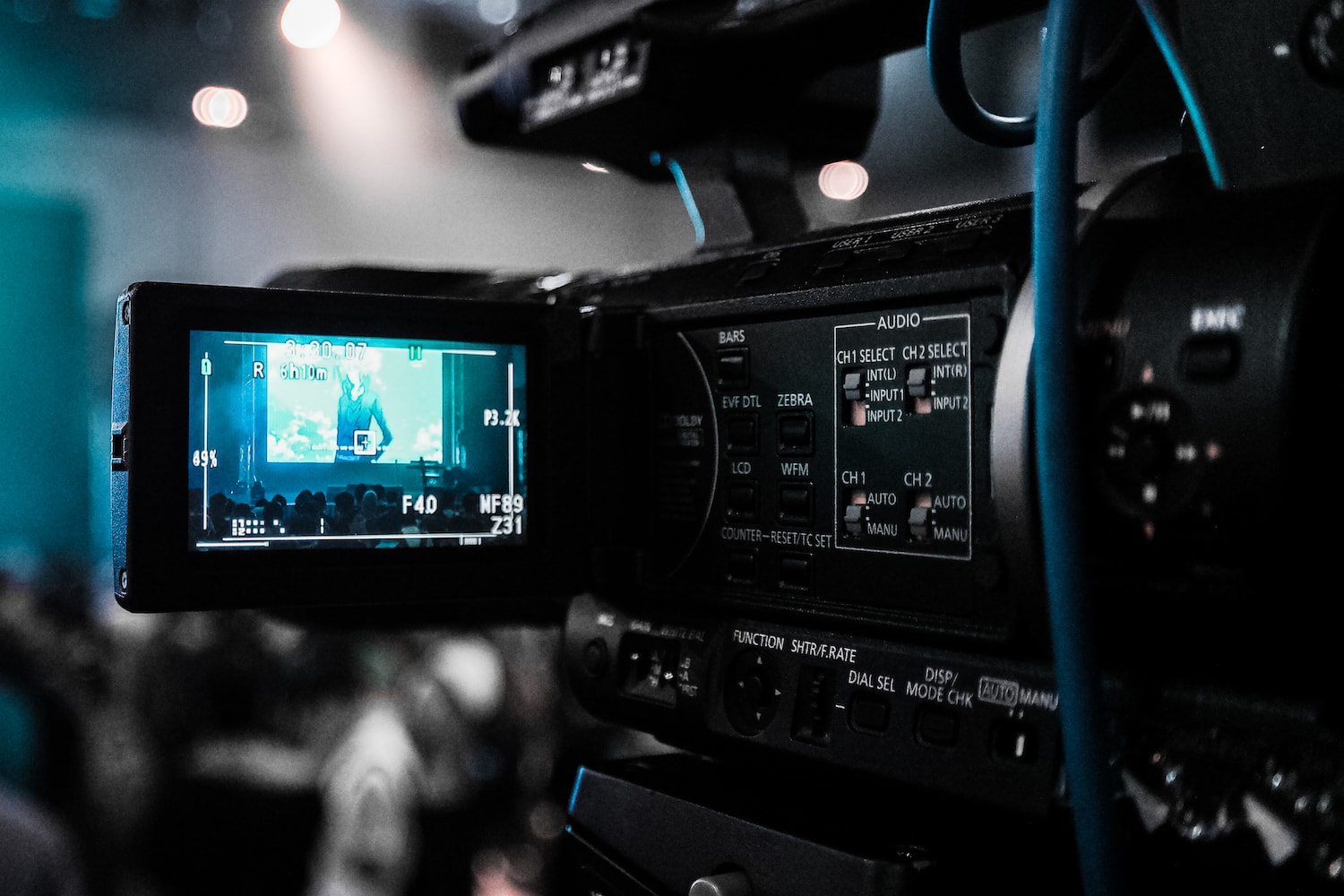By Violet Brookes
The term “new normal” gets thrown around a lot nowadays. And indeed, things are going to be vastly different due to the effects of the global pandemic. Since mid-March, conversations throughout the theater world have focused on how theater companies will adapt to this new normal. But as everyone has now realized, performances on stage before live audiences are still months away.
In the meantime, what are individual theater enthusiasts, actors, and producers to do? One option is to perform smaller shows such as one-person plays and two-handers online. (Among successful examples of the form are The 24 Hour Plays: Viral Monologues.) However, many people who might want to try dabbling in online theater hold back for lack of knowledge. That’s why we’ve put together this brief guide on the matter.
Equipment
Your equipment will be the conduit that helps you reach your audience. This is why it is of utmost importance that you get the right pieces for the job. The two things you’ll want to focus on are video and audio.
Getting a good video camera is imperative for your online theater show. This is because people won’t be incentivized to tune in if you give them poor quality material. One easy way to fix this is to invest in a video camera—a standard camcorder should be enough for the job, as they can provide you with crystal-clear images at a reasonable price point. The Canon VIXIA HF R800 sports a 3.28MP Full HD CMOS image sensor that can give your viewers lifelike images even in low light.
Now, we understand that not everyone will have a professional-level camera. However, phones nowadays give everyone an affordable option when it comes to video cameras. Tech Radar highlights how smartphones nowadays can keep up with professional-level cameras. This becomes even more true when you use them with apps like Lightroom CC, which enables smartphones to shoot in high dynamic range if your phone doesn’t already come with this function.
Aside from getting a good video camera, you’ll want to ensure that the audio quality is up to par. The Sennheiser E835’s dynamic vocal capture ensures top-tier voice quality even if you move out of optimal range, which is why the mic is considered a staple for both theater and live concerts. That said, you’ll still want to find the optimal mic positioning for your live theater setups. There is no one solution to this, as you’ll need to test rigorously to find the best position, depending on what mic you use. Our tip for this would be to test this with friends or your sound team until you get the best results.
These two pieces of gear should be enough to put on a good show. But now an important question: Where do you stream it?
Streaming Platform

Several theater companies have begun streaming live theater on the platform. Theater for the New City’s Visitors in the Dark and the Red Bull Theater’s Short New Play Festival 2020 have both been streamed on the site with great success.
Another important thing to note would be that streaming platforms and online video platforms can also be used for other theater-related purposes. The video-conferencing app Zoom is quite useful for holding webinars on all subjects related to theater. Facebook and Instagram Live are great for promoting and engaging with your respective communities, so it would be in your best interest to utilize these tools as well.
Stress Testing

One of the worst things that can happen to your performance is for your equipment or internet connection to fail in the middle of the show. Any interruption may lead to people clicking off, thus resulting in lower viewership numbers.
To minimize the chances of this happening, you’ll want to do a stress test way ahead of your show date. This way you’ll be able to correct any issues that may come up during the test.

Violet Brookes has been a theater enthusiast her whole life. And while she never really pursued a career on the stage, she makes up for it via her writing. She hopes to one day become a theater critic who enriches the level of discourse of this versatile medium.
If you have tips to pass on from your own experience making live theater online, please share them below in comments! We’re all in this together!





